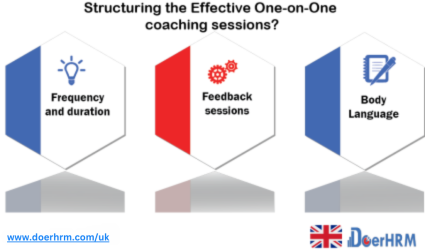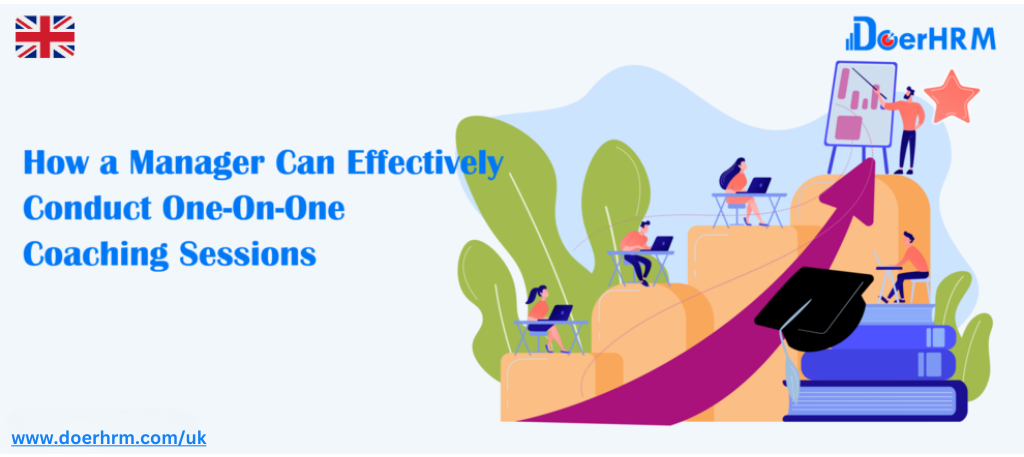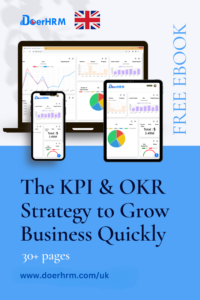Efficient organizational communication necessitates successful one-on-one coaching sessions. In the organizational structure, it is the manager’s responsibility to conduct these coaching sessions to ensure precise and fruitful outcomes. Improved coaching sessions directly correlate with enhanced overall performance within the organization.
Structuring the Effective One-on-One coaching sessions

One-on-One coaching plays a crucial role in the flow of ideas and information at each level in the organization. Before actually conducting the One-on-One coaching, the manager must structure the sessions. Structuring the effective One-on-One coaching contains:
1. Frequency and duration
For effective One-on-One coaching sessions, the manager should conduct on weekly basis. We recommend conducting the 1-on-1 meeting for a duration of 30 minutes to 1 hour of the sessions with each of the employees. Some of the managers may find it time-consuming and are reluctant in conducting these sessions. However, they should know that regular sessions are crucial for progress status checks to ensure alignment of employee’s goals with the company.
2. Feedback sessions
1-on-1 act as a two-way communication because constructive feedback helps in improving the effectiveness of One-on-One coaching sessions. Leaders should ask the employee about the primary issues, along with their thoughts to solve the problems.
The focus of the leader should be solving the problem and not just discussing it. Move forward and encourage the employees to resolve the issue by creating an efficient plan.
At the end of the session, record the action item discussed, and follow up by tracking the progress and to be reported on the next coming coaching sessions. Keep in mind to Wrap up One-on-One coaching session with positive feedback, which motivates the employee to look forward for the coaching sessions.
3. Body Language
Try to implement effective communication within the One-on-One coaching session with Positive body language. Your body language, along with the verbal cues in the coaching, keeps the employees more attentive. Not only this, your sitting in the conference room also plays a crucial role in keeping employees connected with you. By practicing these positive body language, it allows employees to be more willingly open up to discussions, hence, improving the overall efficiency of the 1-on-1 meeting.
Effective One-on-One coaching sessions
Furthermore, the next point to add effectiveness in the One-on-One coaching sessions is the strategy. Here’s some strategies we suggest, and by following these, the manager can effectively conduct One-on-One coaching sessions.
1. Set determined Goals
Effectiveness of communication is achieved, when the goal is well defined. With the complete understanding of the goals, manager will be able to convey the core ideas of the session and One-on-One coaching sessions can then be more result oriented.
Clear goal discussion gathers the attention of the employees, which further enhances the coach-employee relation. Employee success is confirmed when you, as a manager, conduct the first session by specifying clearly the expected outcome.
2. Ask the Right Questions
Preparation should be the priority of the Manager before conducting the One-on-One coaching session. As a manager, you must prepare the question and get ready talking points for effective One-on-One coaching. The questions can be what are the personal well being of the employee? What is the work performance and productivity of the month and so on.
During the one on one, you should ask for suggestions or feedback from the employees because One-on-One coaching is a two-way conversation. By this way, you can not only Build good rapport with your employees but also help improve employee retention ultimately.

I hope you enjoy reading this blog post.
If you want my team at DoerHRM to help you build a winning team for your company, just click to speak with our KPI consultant.








